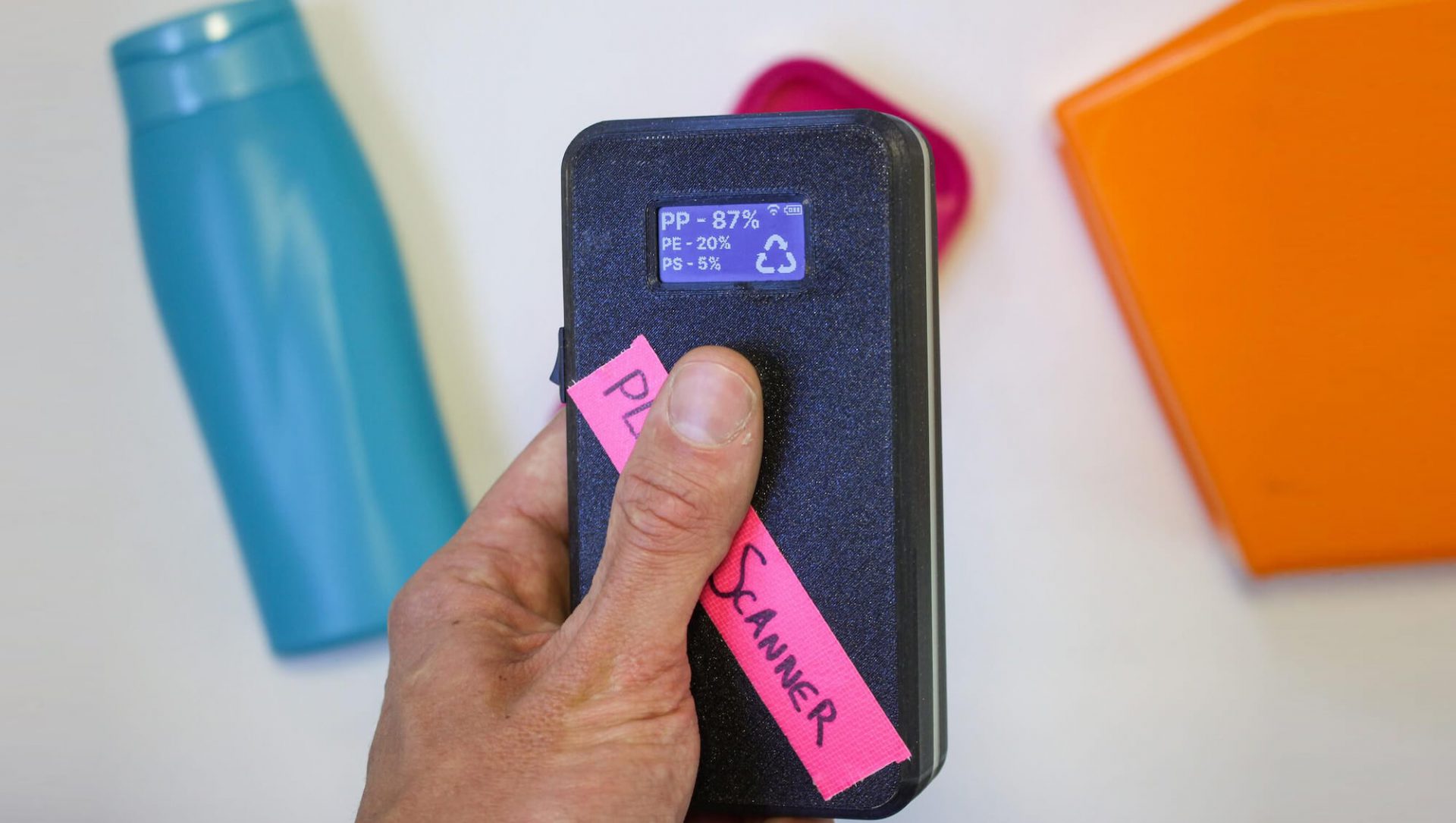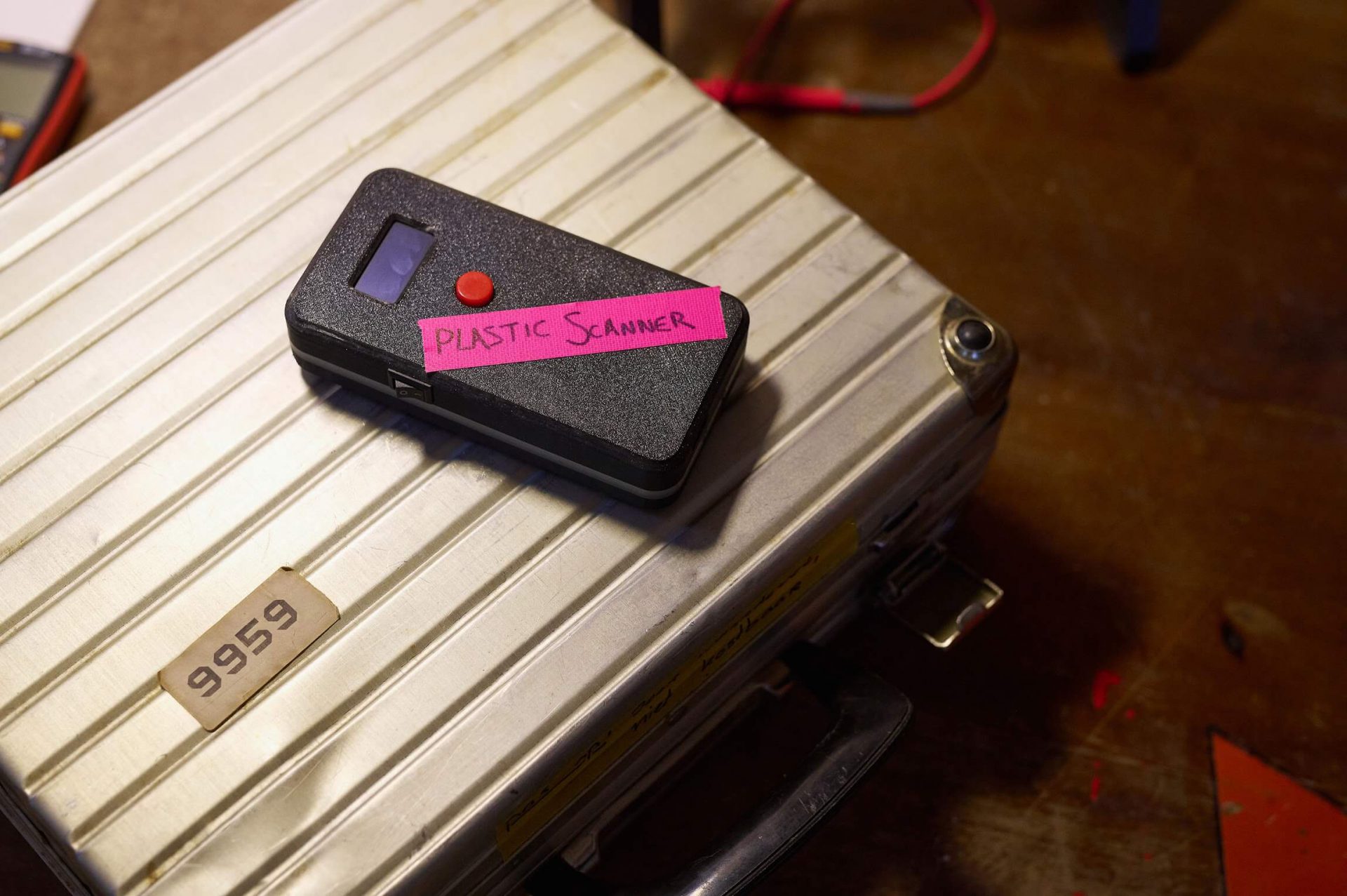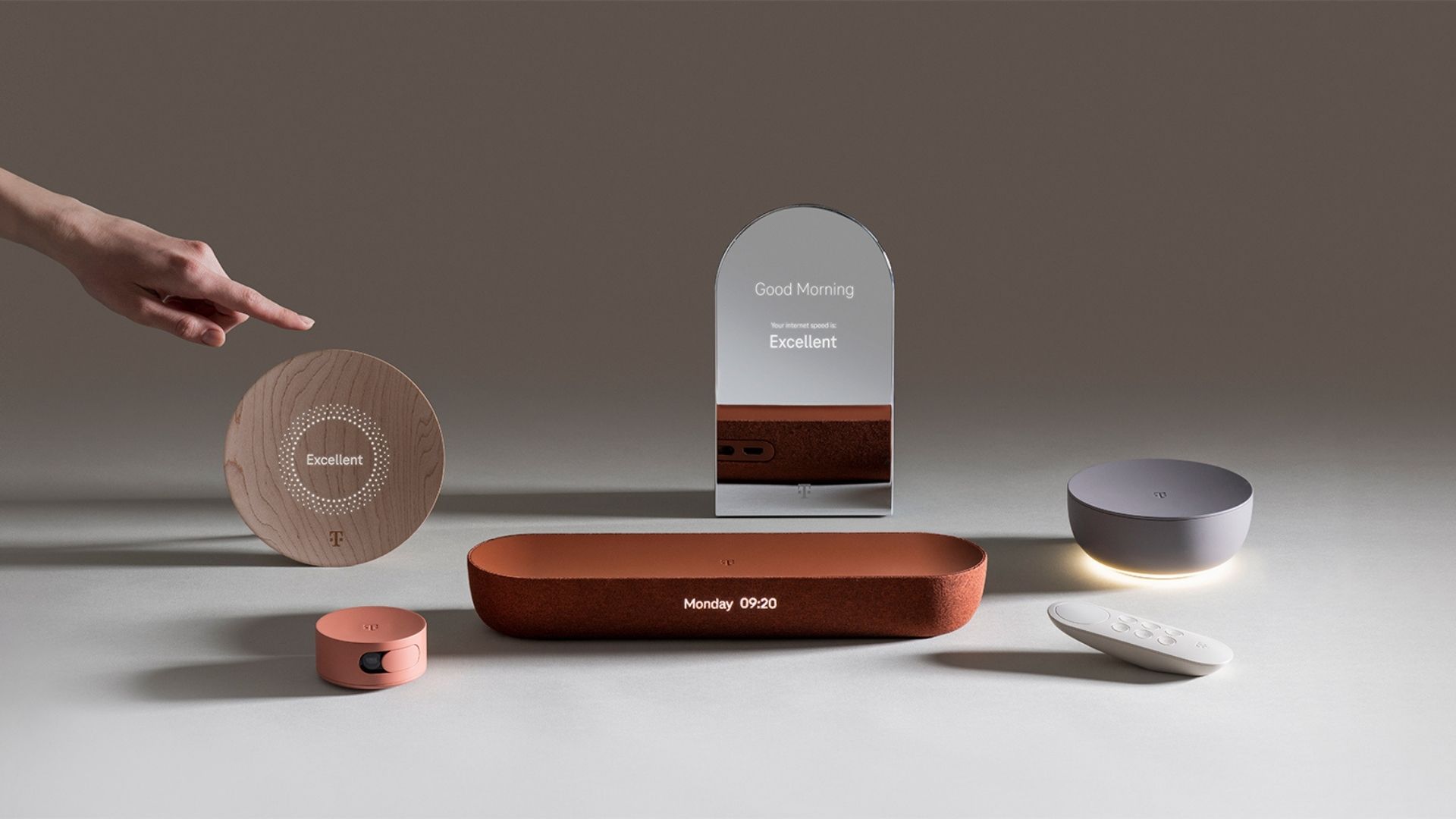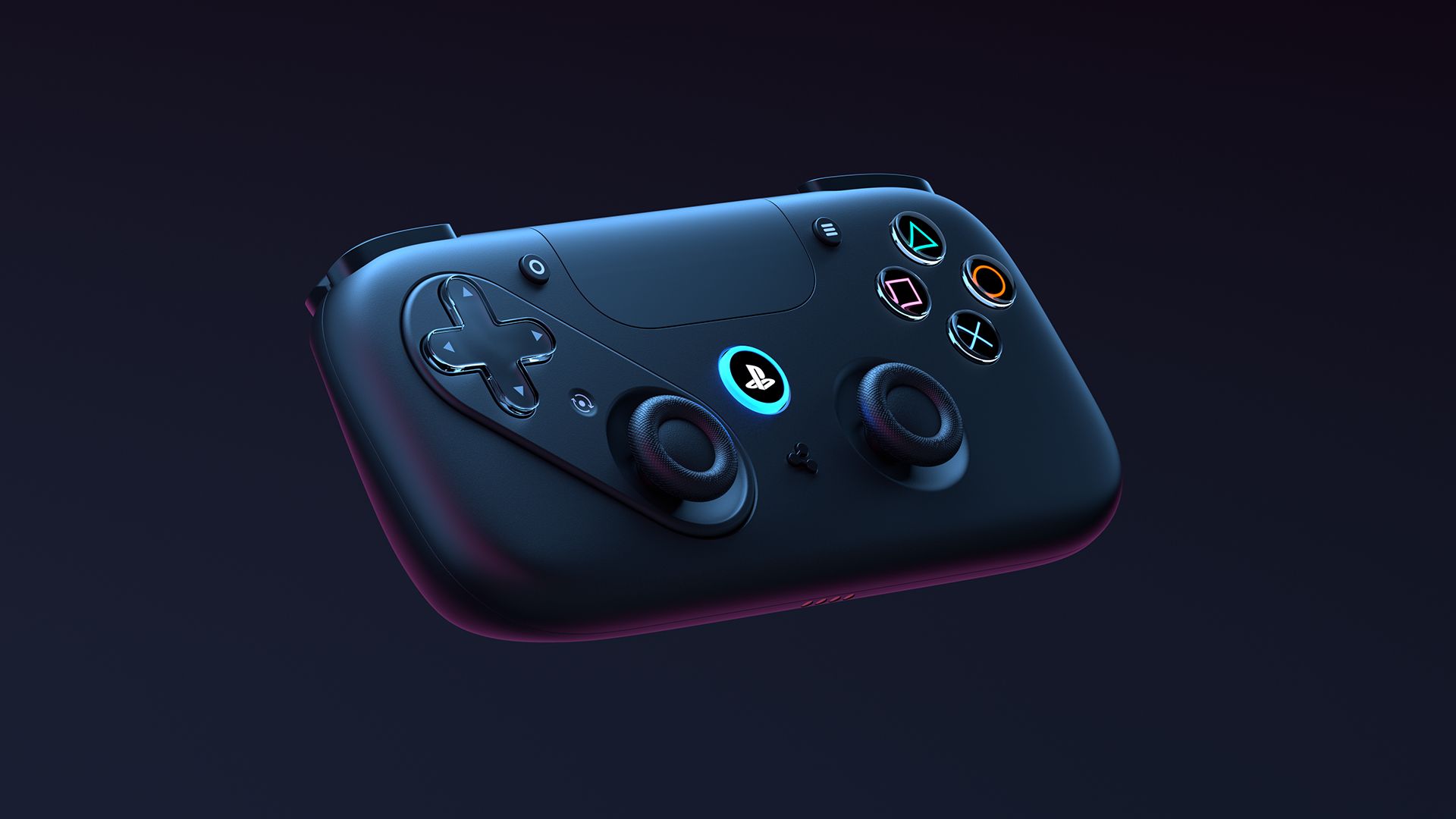Recycle better: this device uses infrared light to detect plastic components

The Plastic Scanner, invented by Industrial and Product Design graduate Jerry De Vos from the Netherlands, is this year’s Sustainability Winner of the James Dyson Award.
Only 16% of plastic waste is recycled to make new plastics, with 40% sent to landfills, 25% to incineration and 19% is dumped. Research has found that 94% of Americans support recycling and 74% say it should be a top priority. But only about 35% of people recycle.
Plastic is a lightweight, safe and readily available material that can be used to make long-lasting, durable products. It has a bad reputation because it is often not thought to be recyclable and so ends up in landfills, or worse on the beach or in our oceans.
However, with the right technologies, plastics can be widely recycled successfully at end of life and transformed into new products, which themselves are long-lasting and durable.
The challenge is identifying the plastic so that it can be recycled in the correct way, rather than sent to landfills. The technology exists but is expensive and rare. With greater availability of plastic identification much more plastic can be recycled and therefore used more effectively.
Plastic Scanner is a handheld device that when held against plastic will tell the user what materials it’s made from, using infrared light to detect the plastic components.

Jerry is a member of Precious Plastic, an organisation that aims to reduce plastic waste. Through his work for the organisation, he has witnessed the negative impact of plastic pollution first-hand and the bottlenecks caused when plastic is not identified and sorted in the recycling process. Around the world, much of this process is done by hand which takes time and is prone to error.
Jerry has seen successful technology used in large factories in the Netherlands where infrared reflections assist with sorting. This is a vital step for ensuring it is recycled properly. Jerry’s mission has been to make this technology available for everyone around the world so they can recycle better.
Minimono’s plastic furniture promotes conscious consumption: discover their sustainable collection for the entire family guided by the principles of circular design.
Jerry developed the portable plastic scanner using near-infrared spectroscopy, a technology that can categorize more than 75% of the plastics used in daily life. The device serves as an open-source project, whose components can be sourced and manufactured locally. The Plastic Scanner thus helps to correctly separate plastics for better quality end products for reuse.
The project uses the open-source GPL-v3 license, which means that third parties are free to use the project, provided that this right is also passed on to others and the author(s) are mentioned. The Plastic Scanner builds upon Armin Straller’s ReReMeter project (the design Jerry used as a starting point), by applying the technology in a portable form. This design was the basis for Jerry to eventually make the Plastic Scanner into a tangible product by continually developing and improving it with, for example, a mini-computer, battery, screen, button and the housing of the final prototype.
Jerry learnt that much plastic entering our oceans comes from low and middle-income countries. It is his mission to support recycling initiatives in these nations with the way he designed the low-cost and ease of use of the Plastic Scanner. During development, Jerry interviewed recyclers from India, Indonesia, Kenya and Curacao to ensure his model was suitable for end-users.
“It may be fashionable to demonise plastic but it is a durable and versatile material which has an important role to play. The challenge, of course, is ensuring it is reused and recycled effectively to avoid it going to landfill. Understanding how to recycle plastics correctly is complicated but Jerry has developed a very effective technology that could put this knowledge into everyone’s hands.
Jerry is focussing his efforts on supporting developing countries. When I rang Jerry to deliver the news, he was travelling to Algeria to help local communities deploy recycling initiatives, his work is inspiring and I wish him every success with this potentially significant technology.” James Dyson, Founder and Chief Engineer at Dyson.
Belgian studio ecoBirdy produces plastic furniture made from recycled plastic similar in appearance to man-made stone composites like terrazzo.
Next steps for Plastic Scanner
Jerry has gathered a team of friends specialising in embedded systems and machine learning to support his creation of new prototypes and pilot the Scanner in both industry and low resource contexts. Long-term his goal is to make the project sustain itself, with DIY versions of the Scanner, whilst enriching Open-source documentation to make it easier for others to get involved and contribute to his mission.
After speaking to James Dyson, Jerry said, “When James Dyson personally told me that I had won the Sustainability prize, I was stunned and then started to realise the impact of this win and the possibilities the Award generates. The goal of the Plastic Scanner is to build a simple, open-source device that can identify the most common types of plastic.
I am so motivated after winning the James Dyson Award and it will help accelerate the development process on both the electronics, as well as the software side of the invention. By improving its quality and making it intuitive to replicate, I hope to enable anyone to identify and sort plastic properly, overcoming one of the most complex barriers to recycling plastic anywhere around the world.”










